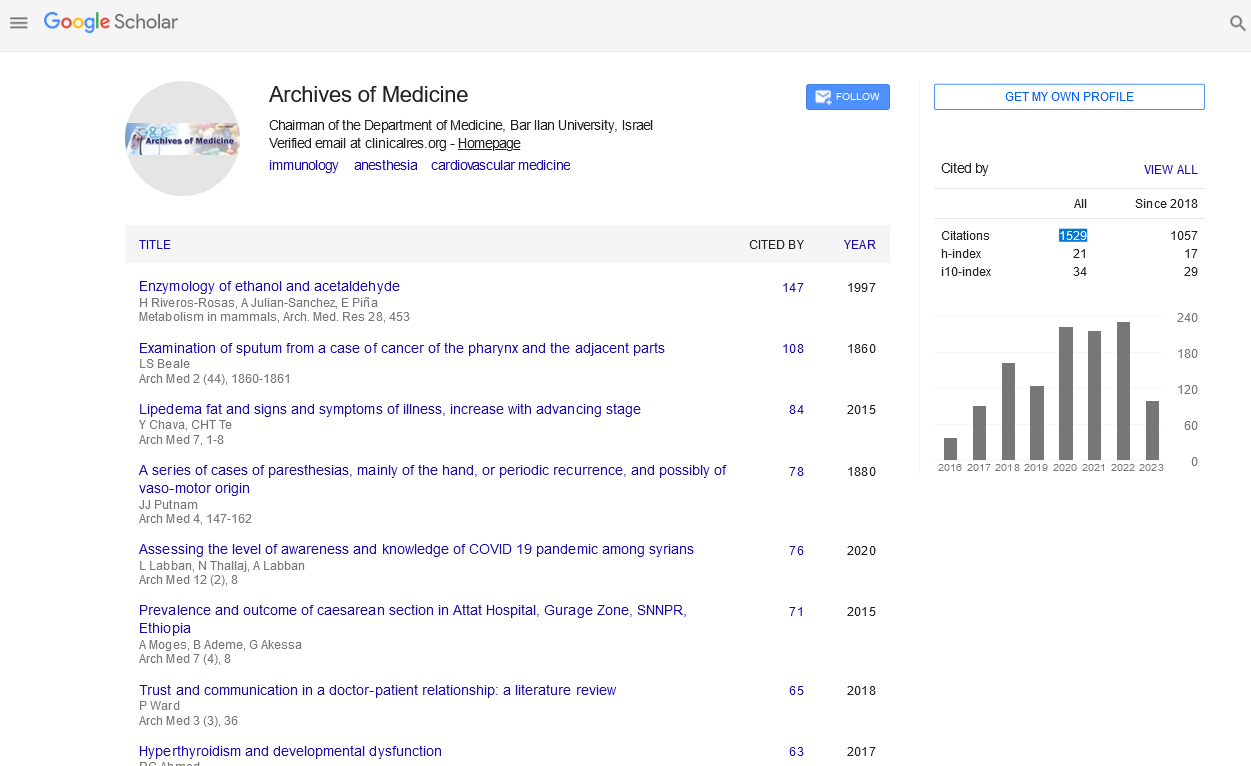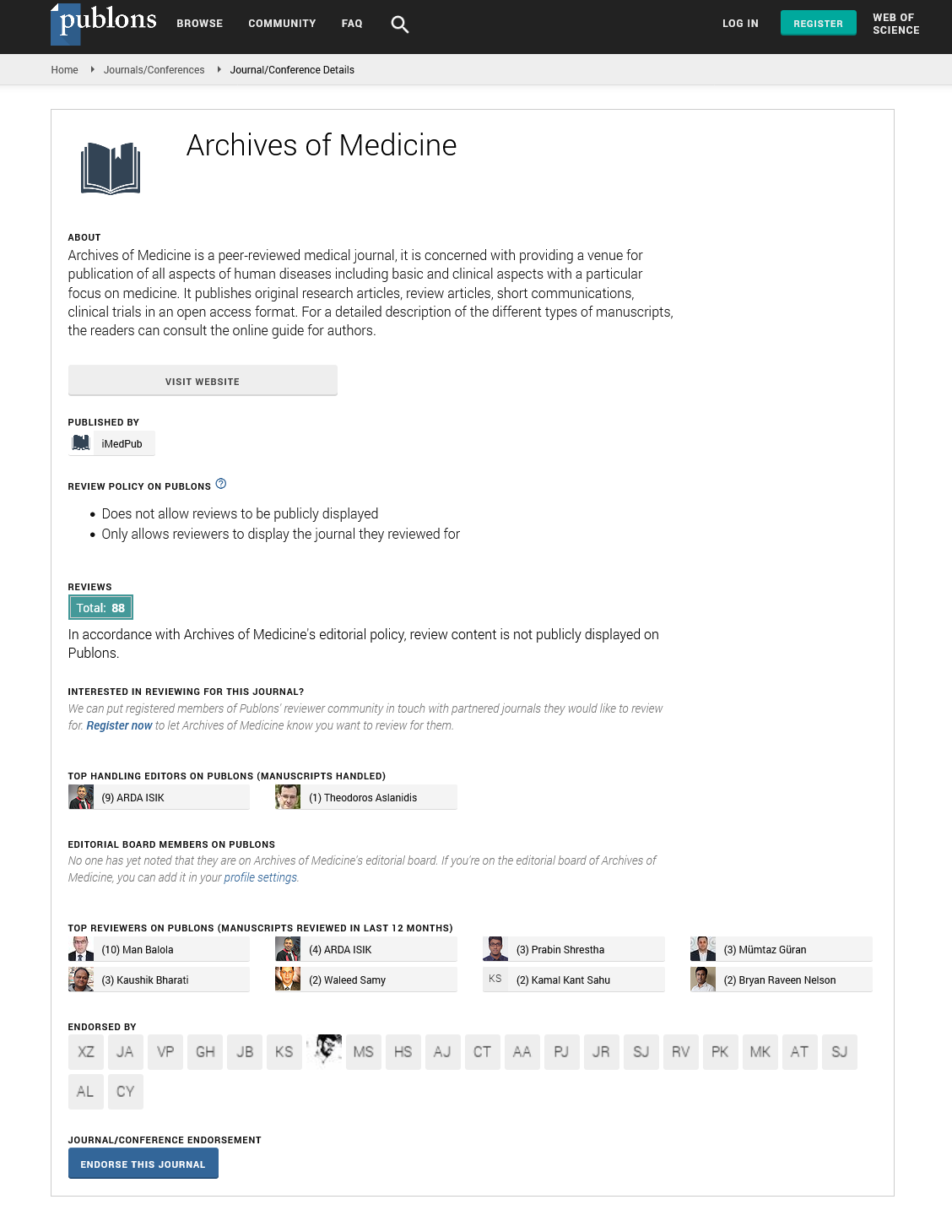Aguilar F*
Physicians for Social Responsibility, Los Angeles, USA
Corresponding Author:
Aguilar F
Physicians for Social Responsibility
Los Angeles, USA
Tel: 213-689-9170
E-mail: felix.aguilar@post.harvard.edu
Received date: February 21, 2017; Accepted date: February 24, 2018; Published date: March 03, 2018
Citation: Aguilar F (2018) The elephant in the Room. Arch Med Vol No:10 Iss No:1:11
Copyright: © 2018 Aguilar F. This is an open-access article distributed under the terms of the Creative Commons Attribution License, which permits unrestricted use, distribution, and reproduction in any medium, provided the original author and source are credited.
The case of an adolescent patient presenting with multiorgan symptoms demonstrates the importance of taking into account environmental causes as possible etiologies. Physicians must look at the “elephant in the room”, the environment where children live, for possible causes for multi-organ symptomatology.
A 13-year-old Hispanic female was treated for multiple complaints since age 9, including fast heart palpitations, nosebleeds, headaches, stomach pains, body spasms, and menometrorrhagia. She was treated in a large metropolitan integrated health system by her pediatrician, a cardiologist, a neurologist, and a gastroenterologist and multiple emergency department visits. She had head CTs, X-rays, and abdominal ultrasounds done, all which were normal. At the same time, she lived 30 feet from AllenCo Energy, the operator of an oil production facility in South Los Angeles that halted operations after neighbors complained that fumes were making them sick. When AllenCo closed in 2013, her headaches, nosebleeds, abdominal pains, body spasms, and heart palpitations stopped. However, she developed asthma and nasal allergies. This case illustrates the impact of environmental pollutants on multiple organ systems. This can confuse diagnosticians to look for organspecific etiologies when the culprits are air-borne toxic emissions of petrochemicals that attack the whole organism.
Keywords
Adolescent; Patient; Symptomatology; Menometrorrhagia; Environmental pollutants
Introduction
Environmental pollutants present a unique challenge to physicians because of the general lack of medical training in recognizing them. In our world, where more people live close to industries or places that produce large amounts of environmental pollutants, it is important to recognize that patients presenting with multiple, apparently unrelated, symptoms might be suffering from environmental chemical exposure.
Case Report
When the patient was 9 years old, she began to complain to her mother of fast heart palpitations, nosebleeds, headaches, and stomach pains. These complaints led to multiple visits to her pediatrician and emergency departments. Eventually, due to her body spasm, she was seen by a neurologist.
Moreover, she saw a cardiologist to evaluate her palpitations. Furthermore, due to her abdominal pains, she was seen by a gastroenterologist. She was deemed to have normal exams and showed no tumors.
Eventually, her mother stopped taking her to see her medical providers due to the lack of improvement, and the expense and time burdens.
Investigations
Heart Holter monitor was normal.
Head CT scan was normal.
Abdominal X-rays and ultrasounds were normal.
Differential Diagnosis
At different times, the patient was told that her symptoms were due to mononucleosis or growing pains, among other multiple possible diagnoses. While physicians used differential diagnostic procedures in a systematic manner, no definite diagnosis was produced because of the multi-organ symptoms presentation of this patient.
Treatment
This patient was treated with short-acting bronchodilators, inhaled steroids, prednisone tablets, and oral contraceptives with poor or no improvement. No medical provider asked about her home or her environment.
Outcome and follow-up
According to the Los Angeles Times, a complaint filed in Los Angeles County Superior Court stated that "AllenCo exposed neighbors to noxious fumes and odors which have resulted in adverse health effects on community members in the form of severe headaches, nausea, nosebleeds, chronic fatigue and respiratory ailments, including asthma” [1].
When AllenCo Energy closed its south LA operations of an urban oil field, the patient was 13 years of age; then, her headaches stopped, along with her nosebleeds, abdominal pains, and body spasms. Her experience was not unique. According to the LA Times, since the closure of the AllenCo oil site, the "formal complaints of respiratory ailments and nosebleeds in the University Park neighborhood have all but disappeared."
However, the patient developed asthma, which is treated with albuterol, inhaled steroids, and montelukast. Likely this was the result of her exposure to higher levels of air pollution. As shown by research done at USC, the Children's Health Study Children [2], demonstrated that children exposed to higher levels of air contaminants had significantly lower lung function at age 18.
Discussion
Children’s health and wellbeing are influenced by interactions between environmental and personal factors. It is well known that air pollution can produce health problems in the respiratory, cardiovascular, and neurological systems. This case illustrates the need to investigate beyond organ systems. Especially in patients that live in urban settings or others where they might live close to sources of high airborne pollutions, it is important to ask about these sources and promote policies that limit exposure to them. Physicians must look at the “elephant in the room”, the environment where children live, for possible causes for multi-organ symptomatology.
21968
References
- Sahagun L (2015) L.A. in talks with oil producer about reopening facility near USC. Los Angeles Times.
- Gauderman WJ, Edward A, Gilliland F, Vora H, Thomas D, et al. (2004) The effect of air pollution on lung development from 10 to 18 years of age. N Engl J Med 351: 1057-1067.






